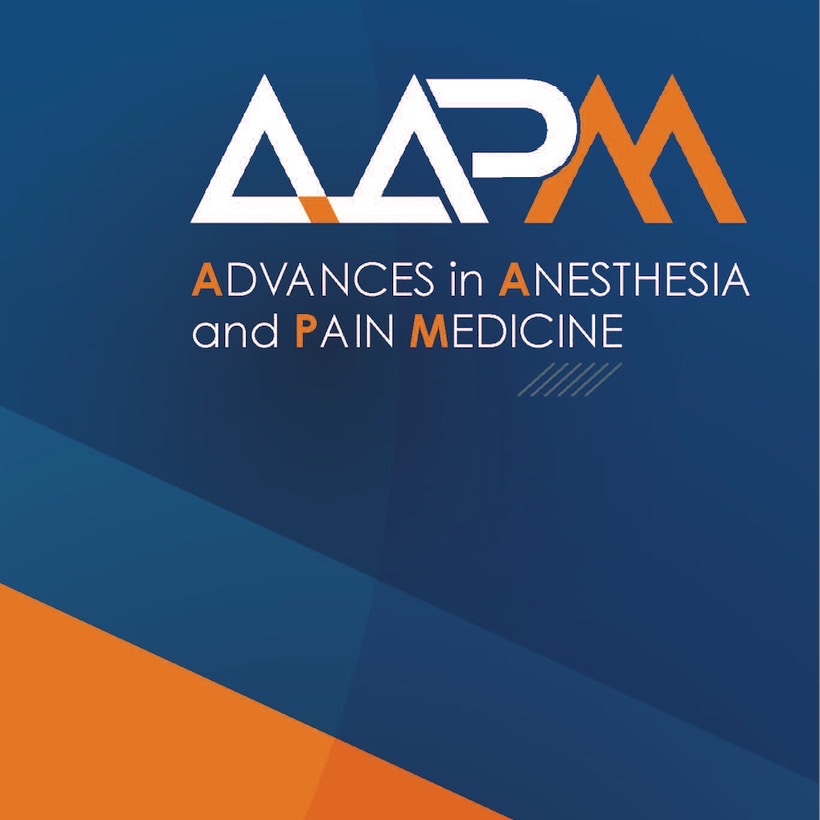Thoracic paravertebral block vs. mid-point transverse process to pleura block in thoracic surgery. Preliminary evaluation of effectiveness and safety

All claims expressed in this article are solely those of the authors and do not necessarily represent those of their affiliated organizations, or those of the publisher, the editors and the reviewers. Any product that may be evaluated in this article or claim that may be made by its manufacturer is not guaranteed or endorsed by the publisher.
Authors
Mid-point transverse process to pleura block (MTPB) is an alternative approach to paravertebral block. We retrospectively assessed hemodynamic stability, inadvertent pleural puncture and antalgic effectiveness of this approach compared with traditional paravertebral block. Moreover, being used to add methylene bleu to local anesthetic solution as a tracer, we compared the diffusion pattern in paravertebral space of the two techniques. We reported retrospectively 40 patients underwent lung lobectomy from July to October 2021 in Monaldi Hospital (Naples, Italy) receiving thoracic paravertebral block (n=20) or mid-point transverse process to pleura block (n=20). The primary outcomes were a 20% mean arterial pressure variation from the base line, chest wall or pleural hematoma and technique failure. Analgesic effectiveness was assessed comparing remifentanil consumption to keep nociception index level <25 and patient’s visual analog scale (VAS) in post anesthesia care unit or daycare surgical unit at 60’. Also the methylene blue spread was assessed by a surgeon, blinded to patient’s name, reviewing surgery videorecord of every cases. MAP decrease >20% was greater in the thoracic paravertebral block (TPVB). No significative differences were reported for pleural punctures, chest wall hematomas or failure of the technique in the two groups. Methylene blue was evident in all patients of the TPVB, while it was not visible in any of the patients of the MTPB group. Remifentanil consumption, nociception index level and postoperative 60’ VAS were greater in the MTPB. Antalgic power and local anesthetic spread of TPVB seems to be superior to the MTPB, even if the safety profile of the latter seems to be better. Due to the retrospective nature of the study and the small number of cases in the sample, further studies are needed.
How to Cite

This work is licensed under a Creative Commons Attribution-NonCommercial 4.0 International License.
PAGEPress has chosen to apply the Creative Commons Attribution NonCommercial 4.0 International License (CC BY-NC 4.0) to all manuscripts to be published.
Similar Articles
- Francesco Coletta, Simone Esposito, Giovanna Di Maiolo, Filomena Lo Chiatto, Mariarosaria Cuomo, Giovanna Paola De Marco, Pasqualina Amitrano, Crescenzo Sala, Antonio Tomasello, Romolo Villani, Loxosceles rufescens: single-institutional epidemiology, diagnosis and treatment , Advances in Anesthesia and Pain Medicine: Vol. 2 No. 1 (2024)
- Andrea Sica, Luca Gobbi, Daniele Bellantonio, Silvia Passero, Lorenzo Viola, Efficacy of repeated pronations in patients affected by COVID-19-related acute respiratory distress syndrome: think it twice! , Advances in Anesthesia and Pain Medicine: Vol. 1 No. 1 (2023)
- Gianmaria Chicone, Viviana Miccichè, Rosa Gallo, Francesco Maiarota, Roberta Toto, Ciro Fittipaldi, Michele Iannuzzi, Awake intubation in a patient with morbid obesity in the emergency department: our experience , Advances in Anesthesia and Pain Medicine: Vol. 2 No. 1 (2024)
You may also start an advanced similarity search for this article.









